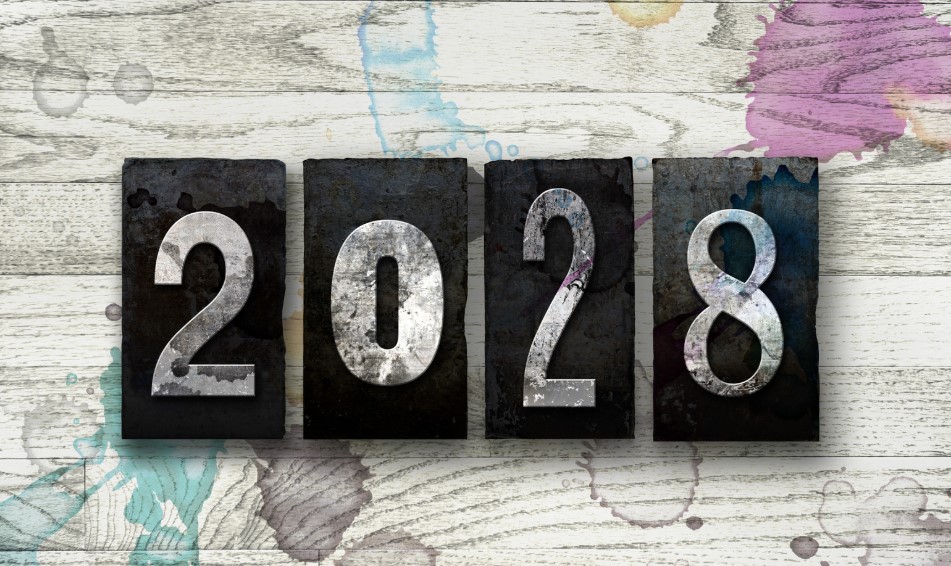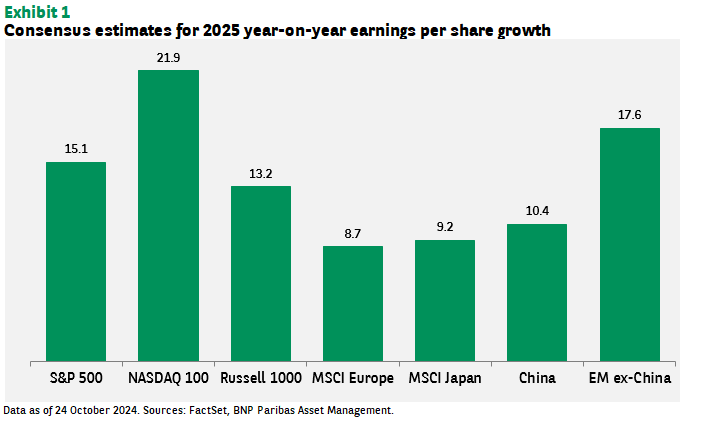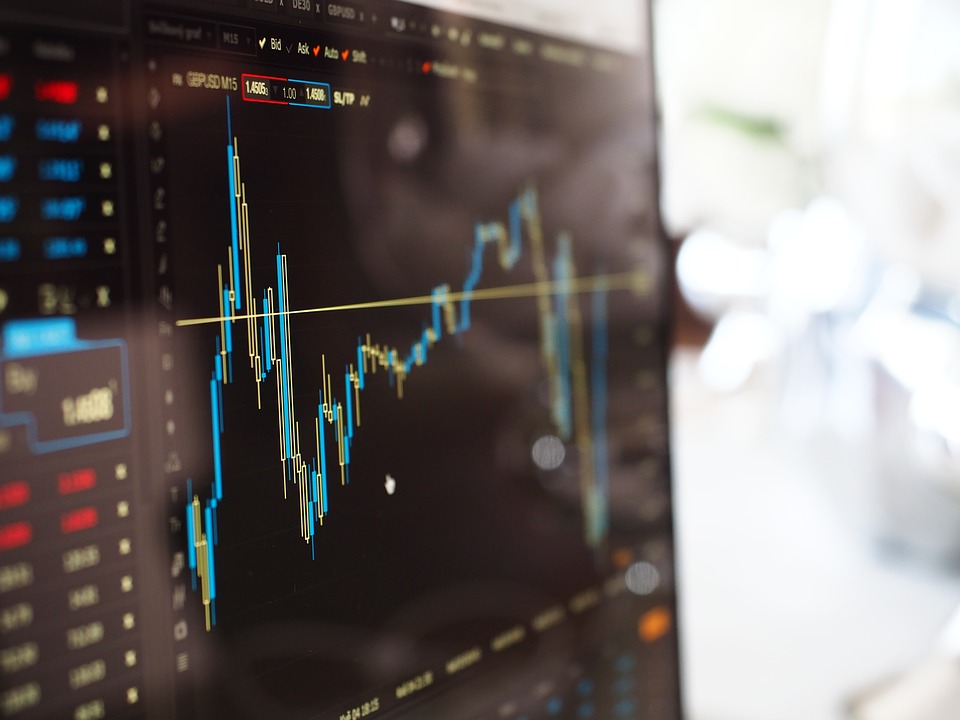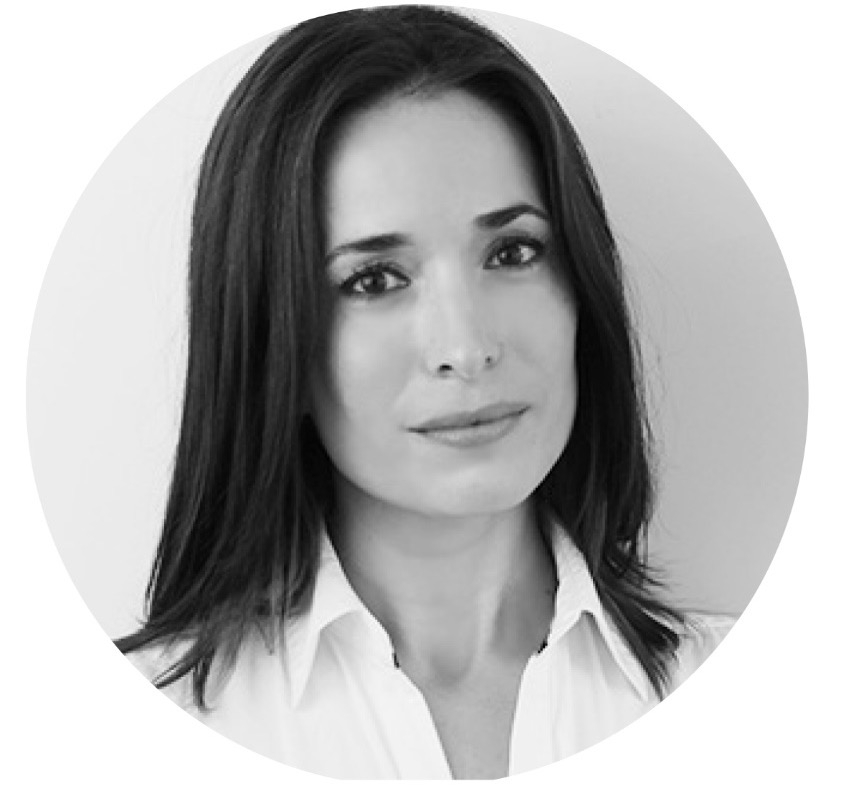Vanguard: This Year Has Also Been a Record Year for ETFs in Latin America
| By Amaya Uriarte | 0 Comentarios

According to a report by ETFGI, this year will be historic for the global ETF sector. By the end of August, the industry reached a new all-time high of $13.99 billion in assets under management, surpassing the previous record of $13.61 billion.
In the emerging markets of Latin America, the trend is similar, driven by increased liquidity in the region. This is particularly evident among the largest pension funds, whose managers have long used ETFs as one of their preferred tools to diversify portfolios and maximize returns, according to Vanguard.
Juan Hernández, Director for Latin America at the firm, spoke with Funds Society about the performance of the ETF market in Latin America.
“It has been a record year globally for the ETF industry, which has benefited us because Vanguard is leading the market in ETF flows worldwide. For us, Latin America has been no exception. In the region, we have reported increasingly better results,” he noted.
That said, Hernández emphasizes that the performance of the ETF market in the region is not a temporary trend or a passing fad.
“This is not just about this year or a circumstantial issue; it is a structural matter. The Afores in Mexico and AFPs in South America were the first managers to adopt ETFs to diversify their portfolios, but today, more and more retail investors and intermediaries, such as banks and asset managers, are using ETFs to build diversified international portfolios. This trend has continued this year,” he explained.
According to Juan Hernández, investors recognize Vanguard’s long-standing development of the ETF market, starting with the introduction of the first indexed fund for individual investors in the United States in 1976. The firm has built a reputation for strict index tracking, rigorous risk controls, and low costs.
“For example, indexed ETFs are designed to function as part of a core indexing strategy that targets major asset classes,” the executive explained.
In this sense, institutional investors like Mexico’s Afores have taken advantage of the benefits of investing in ETFs, although they are just one example, as these investment vehicles are increasingly in demand.
“The Afores in Mexico, which represent the largest pension system in the region, began investing outside of Mexico in foreign securities via ETFs. They are very accustomed to using this instrument,” he added.
“Investors like the Afores have adapted to modularity, using ETFs to invest in the U.S. stock market, European stock markets, the Japanese market, emerging markets, treasury bonds, corporate bonds—there are many ways to invest. Afores now use ETFs as one of their preferred investment mechanisms,” he noted.
Liquidity: A Driving Factor
The increase in liquidity, both in Mexico and other countries in the region, has played a key role in the growth of ETF trading, Juan Hernández explained.
“In Mexico, the 2020 pension reform generated more inflows into the Afores. They now have more liquidity and, therefore, greater needs to invest in foreign securities. ETFs are their preferred choice over mandates or active funds by far,” he explained, adding that this is due to the advantages ETFs offer in “transparency, cost, liquidity, and modularity, allowing investment in different asset classes.”
“In Colombia, a pension reform was recently approved, and managers are already analyzing how and where they will invest that additional 6%. Similarly, in Chile, a pension reform is under discussion, including how resources will be invested. ETFs are at the forefront for all the advantages we have mentioned,” he concluded.










